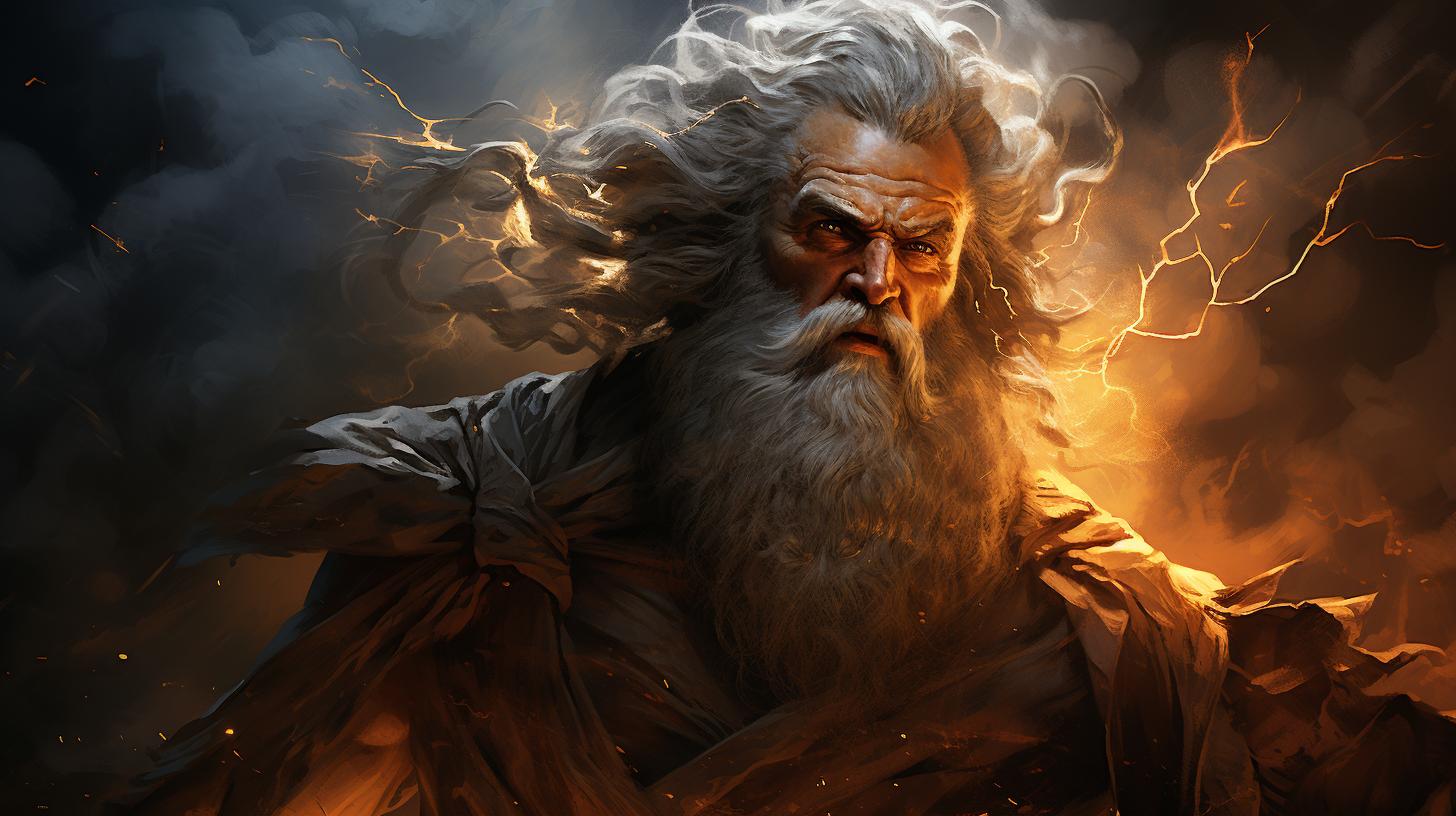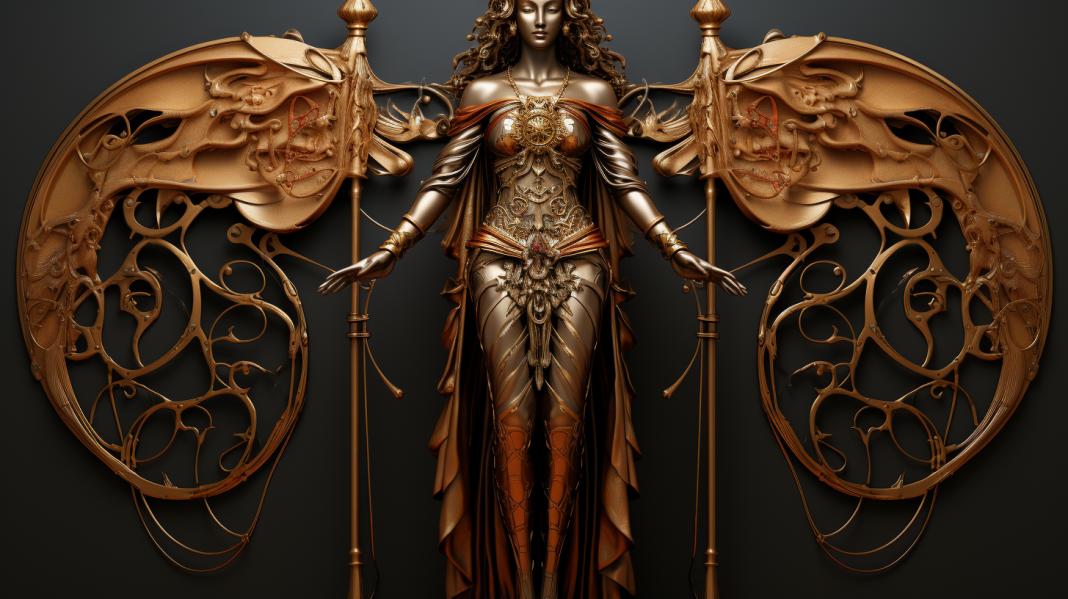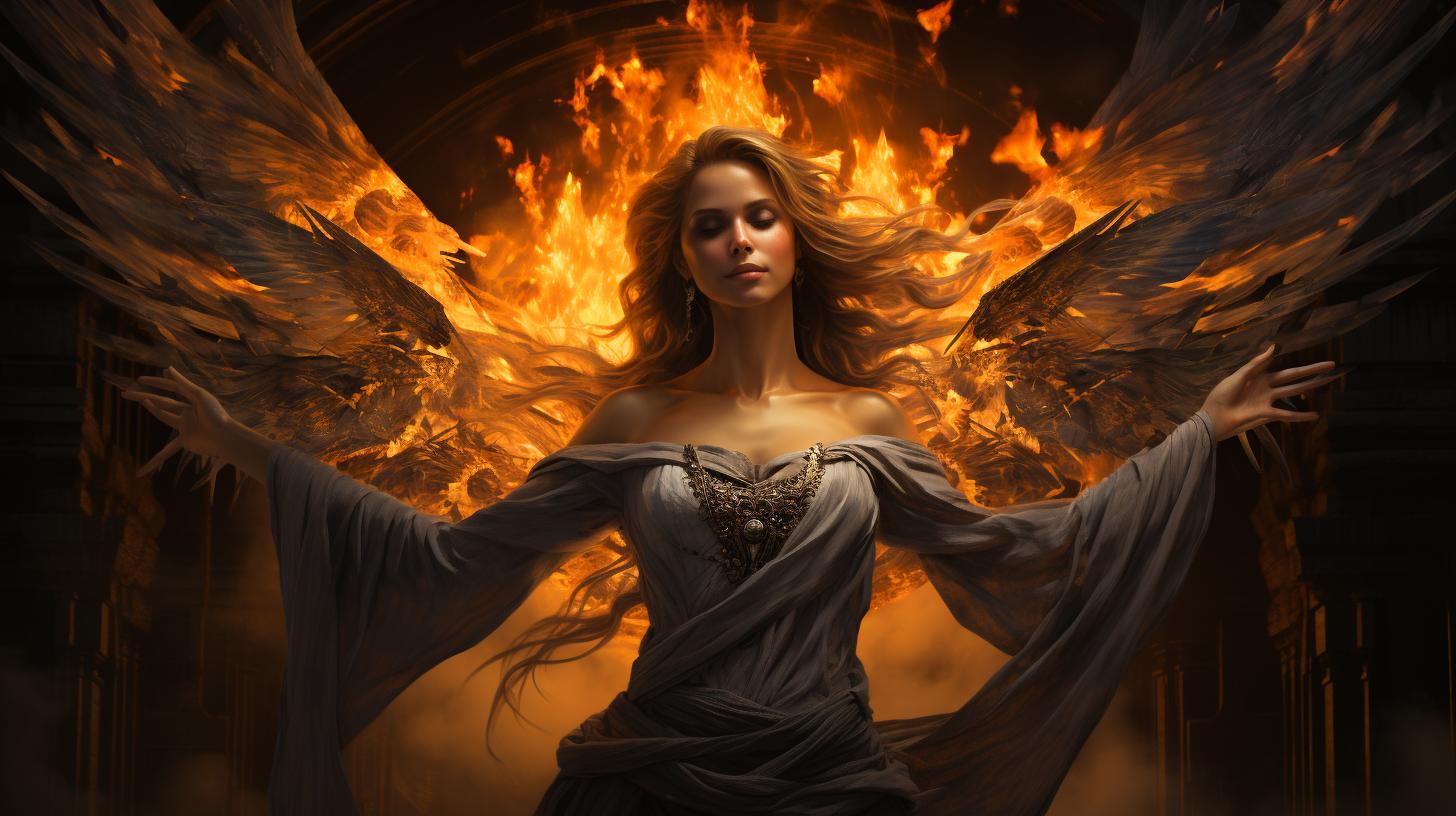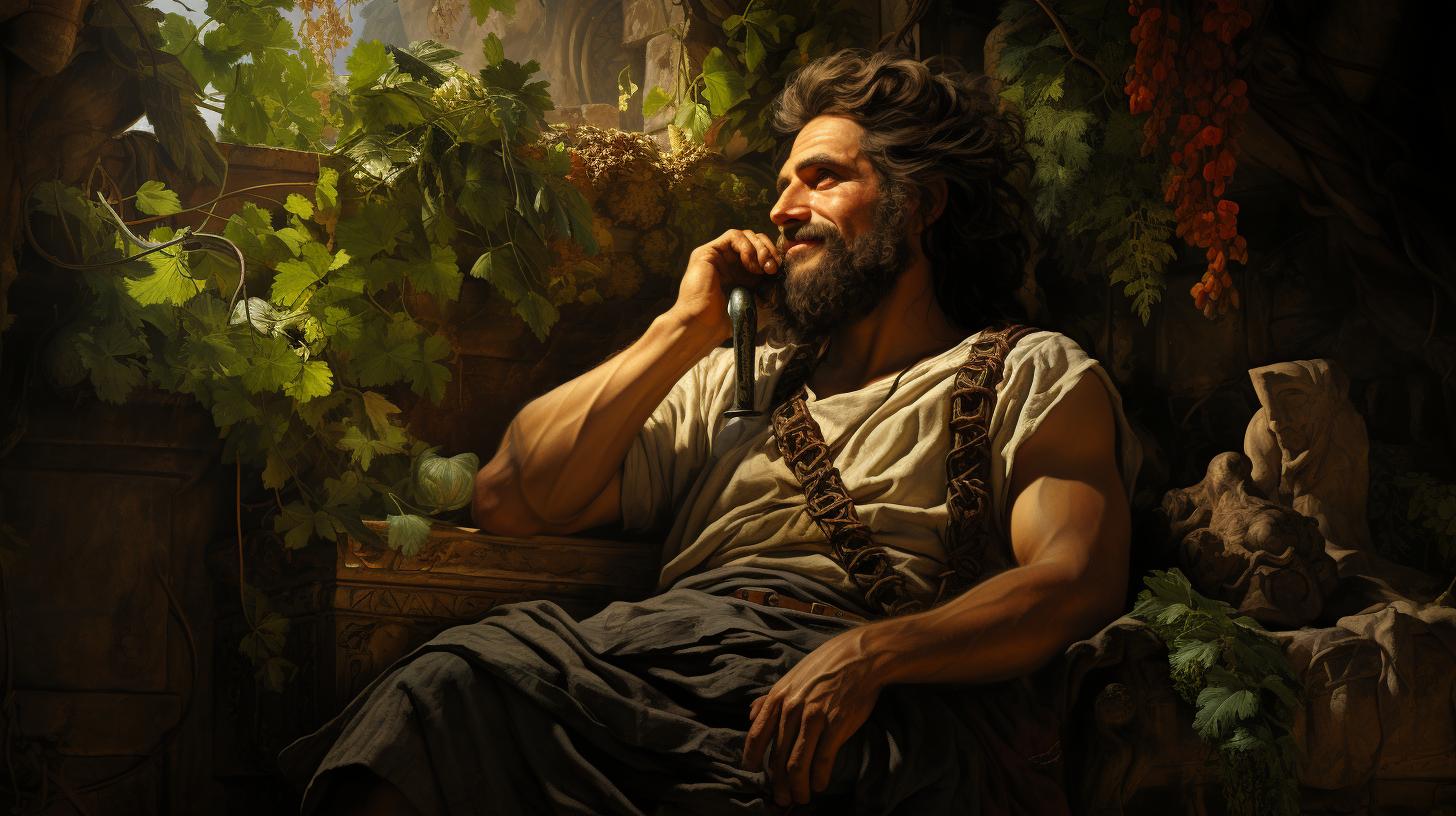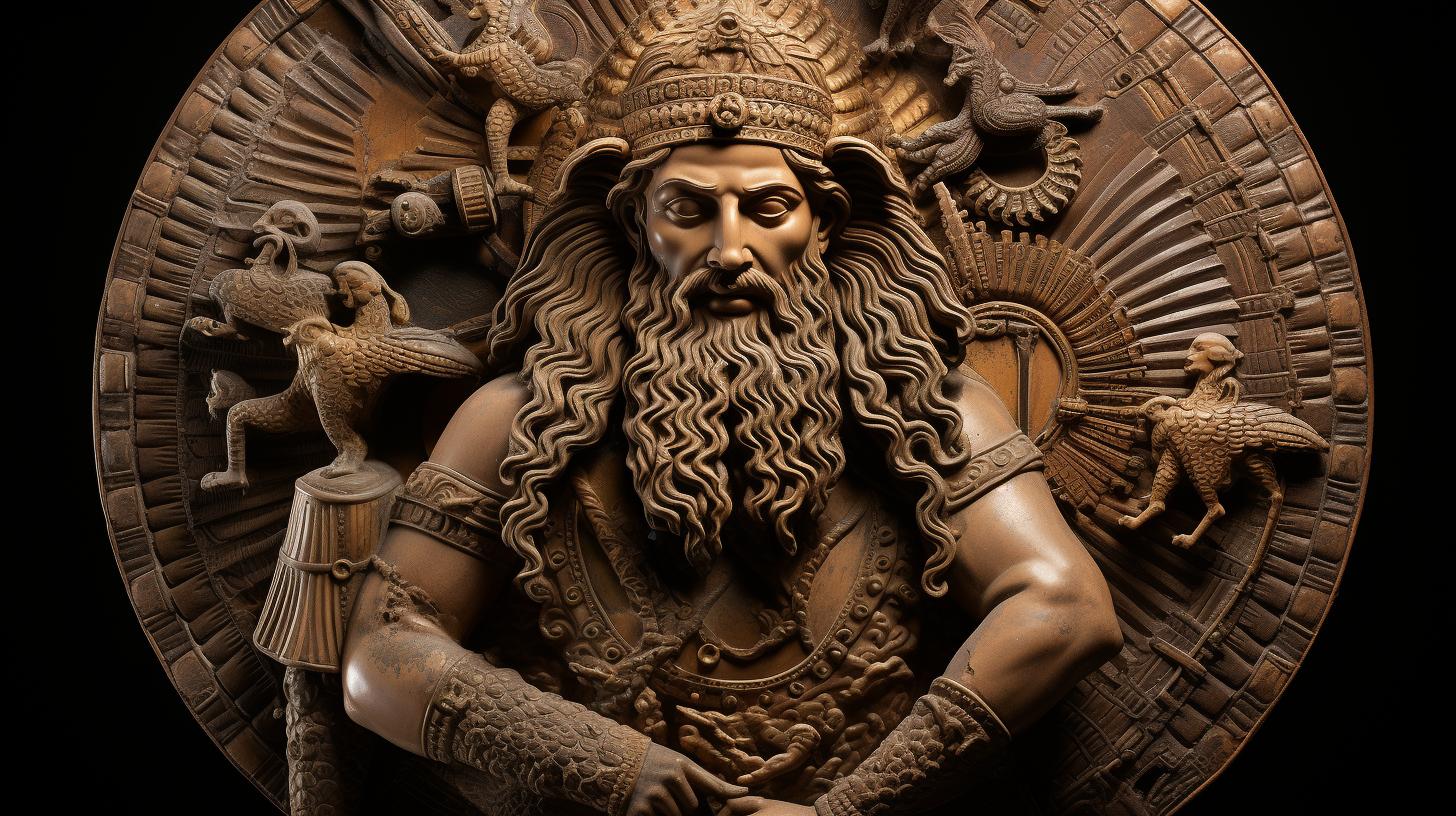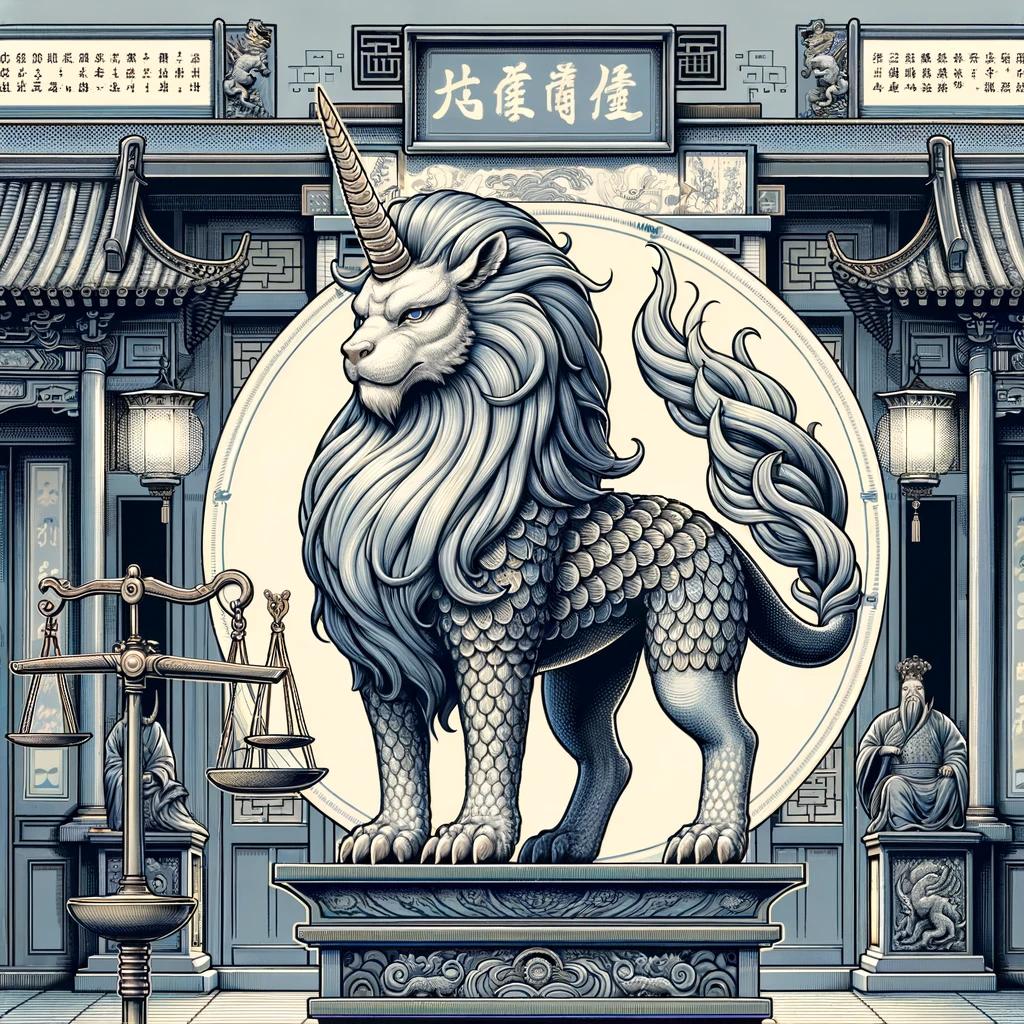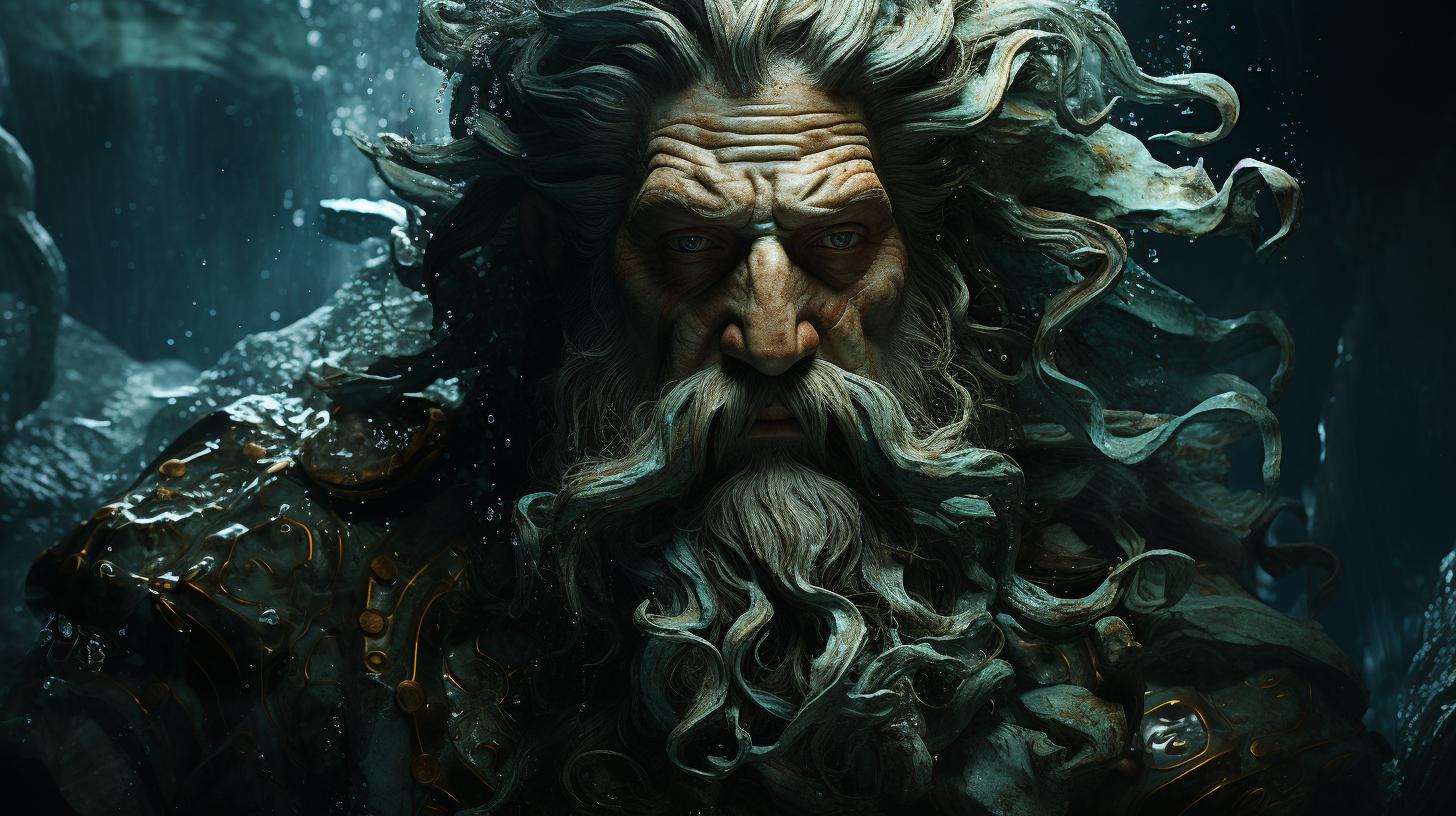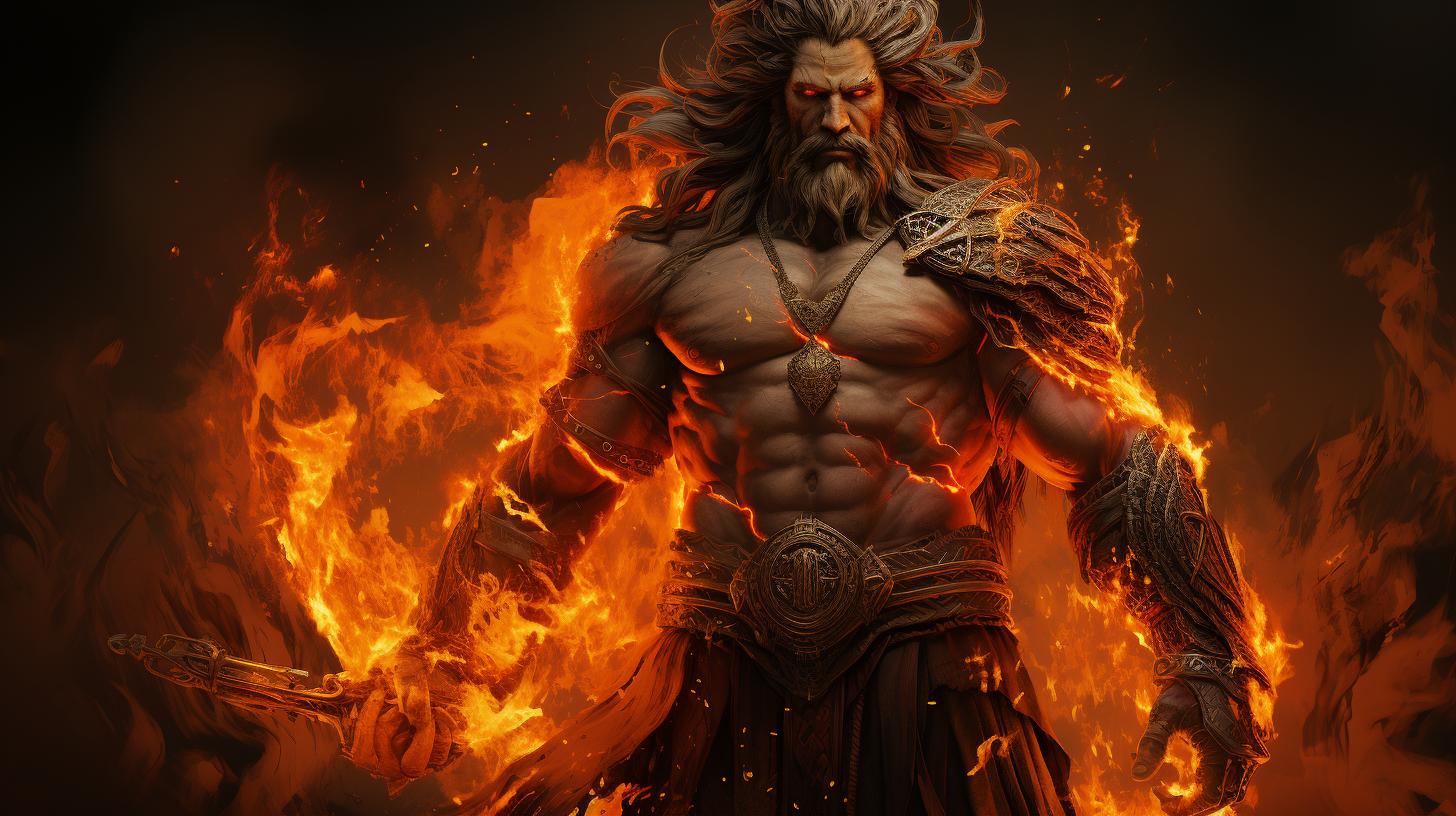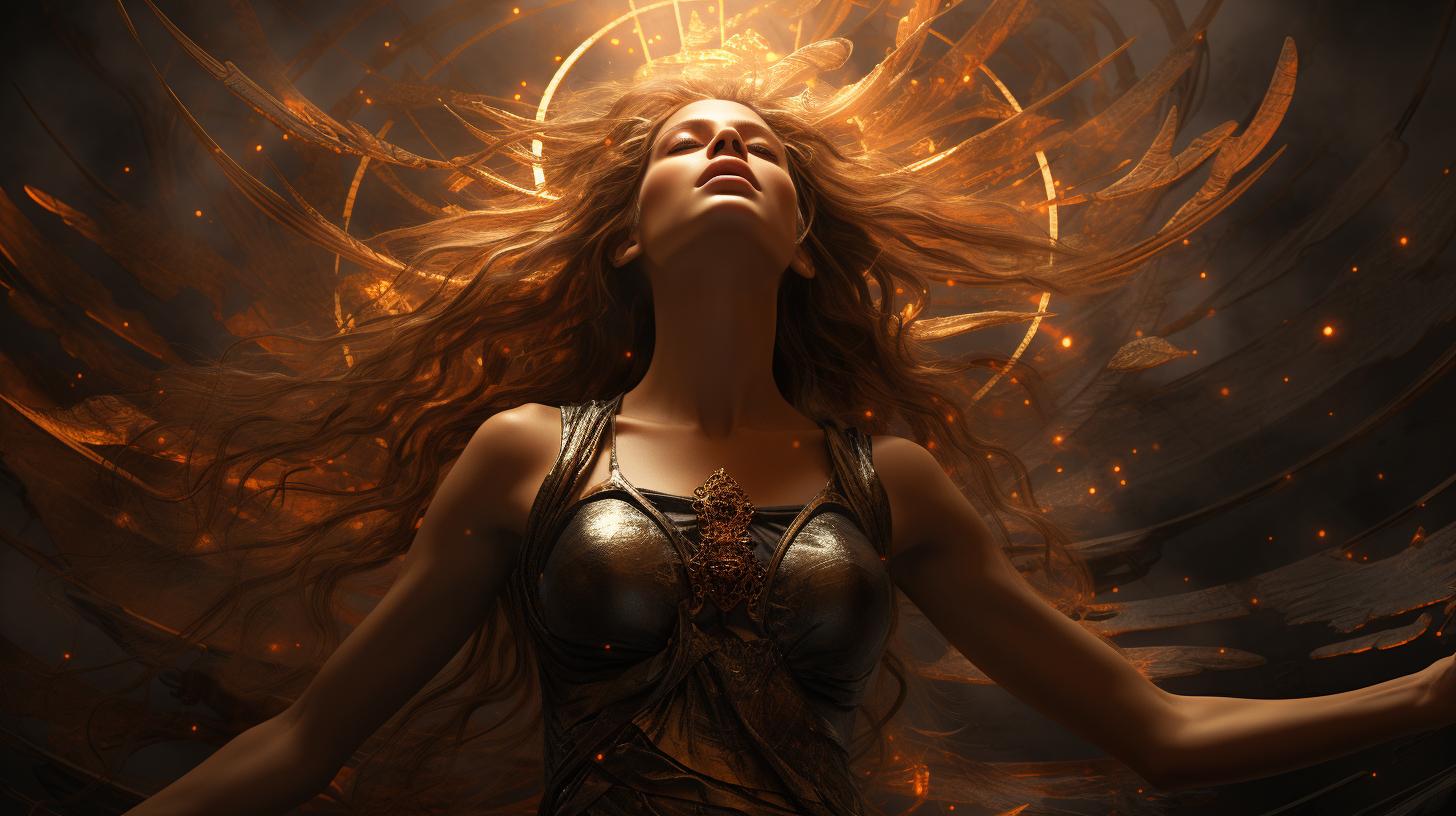Etruscan God Aplu: Unraveling the Mystery and Power of the Ancient Deity
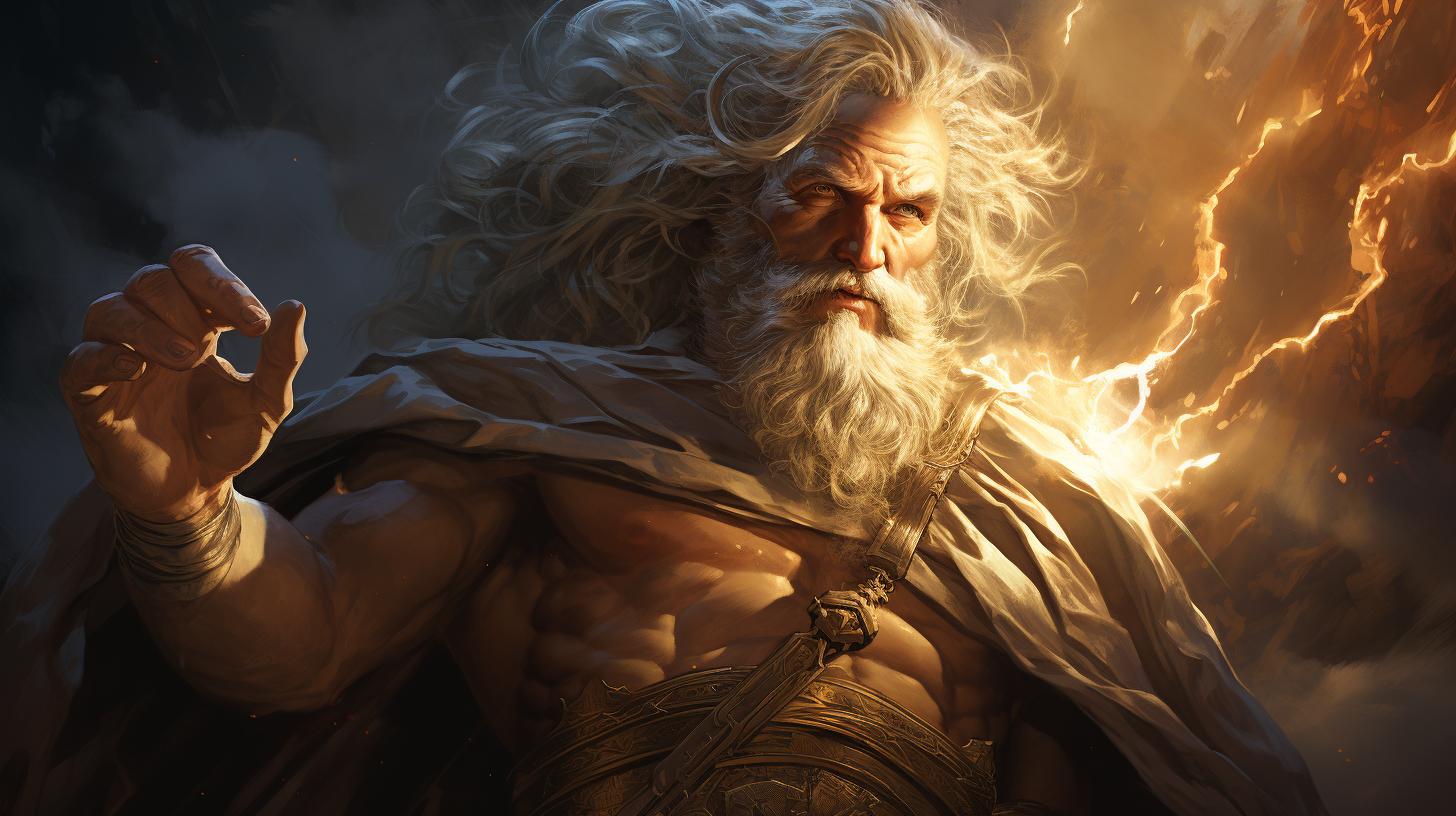
Aplu, the Etruscan god associated with Apollo, holds a significant role in Etruscan mythology. Believed to reside in the sacred Mount Soracte, Aplu is often depicted with a wolf cap or an archer’s bow and lyre.
As part of the Etruscan pantheon, Aplu has close connections to the Oracle of Delphi and is considered a foreign deity. Let’s explore the origins, attributes, and artistic representations of Aplu, as well as his relationships within the divine family and influences from Greek and Roman mythology.
Overview of Etruscan Religion and Pantheon
Etruscan religion is a complex system of beliefs that shaped the spiritual and cultural practices of the ancient Etruscan civilization. This overview explores the fundamental aspects of Etruscan mythology, religious beliefs, and the divine figures worshipped in the Etruscan pantheon.
Introduction to Etruscan Mythology and Beliefs
Etruscan mythology encompasses a rich tapestry of stories, legends, and religious beliefs that guided the daily lives and rituals of the Etruscan people. Their beliefs revolved around the interactions between gods, humans, and the natural world.
Understanding the foundation of Etruscan mythology is essential to comprehending the significance of the gods and their roles in the Etruscan pantheon.
The Etruscan Pantheon: Gods and Goddesses
The Etruscan pantheon is a diverse collection of gods and goddesses, each with distinct attributes and mythological narratives. This section delves into the major deities worshipped by the Etruscans, including their roles, representations, and connections to other ancient mythologies.
From Tin, the supreme god, to lesser-known divine beings, the Etruscan pantheon reflects the complexity and depth of their religious traditions.
Aplu: The Etruscan God Associated with Apollo
Aplu, a prominent figure in Etruscan mythology, is closely linked with the Greek god Apollo. This section explores the origin, role, characteristics, and relationship of Aplu within the Etruscan pantheon, shedding light on the unique attributes that distinguish him from his Greek counterpart.
The Origin and Role of Aplu in Etruscan Mythology
Delve into the mysterious origins and significant role of Aplu within Etruscan mythology. Discover the myths and stories surrounding his existence, examining how the Etruscans incorporated this foreign deity into their pantheon and the distinct ways in which they worshipped and revered Aplu.
Aplu’s Characteristics and Attributes
Explore the various characteristics and attributes that define Aplu as an individual deity. Uncover his distinctive symbols, representations, and appearances in Etruscan art and iconography, from the distinctive wolf cap he wears to the archer’s bow and lyre he carries.
Aplu’s Relationship with the Oracle of Delphi
Unravel the intriguing connection between Aplu and the renowned Oracle of Delphi. Learn about the interactions and exchanges that took place between Aplu and the Oracle, examining the significance of this relationship in both Etruscan and Greek mythology.
Aplu’s Family and Relationships
Aplu, the Etruscan god associated with Apollo, had significant connections within the Etruscan pantheon and mythology. This section delves into Aplu’s family and relationships, shedding light on his divine siblings, Aritimi and Fufluns, as well as other key interactions and associations.
Aplu’s Siblings: Aritimi and Fufluns
Aplu had two notable siblings in the Etruscan religious framework. Aritimi, a prominent goddess, was closely associated with the hunt and often depicted alongside wolves. Fufluns, on the other hand, was the Etruscan equivalent of the Greek god Dionysus, embodying the realm of wine and revelry.
Other Key Relationships and Interactions of Aplu
Beyond his siblings, Aplu interacted with various deities within the Etruscan pantheon. His association with the Oracle of Delphi, a renowned center of prophecy, exemplifies his connection to the divine realm of prophetic wisdom and oracles.
Additionally, Aplu’s presence in the sacred sanctuary at Gravisca highlights his significance within the Etruscan religious landscape.
Furthermore, Aplu’s relationship with other gods and goddesses, such as the powerful deity Tinia (Tina) and the goddess Turan (Venus), played a role in influencing aspects of Etruscan culture, rituals, and artistic expressions.
Exploring Aplu’s family and relationships provides valuable insights into the interconnectedness and hierarchies of the Etruscan pantheon, enhancing our understanding of the role and significance of this enigmatic god.
Aplu’s Depictions in Etruscan Art and Iconography
Aplu, the Etruscan god associated with Apollo, is portrayed in various forms in Etruscan art and iconography. These depictions offer insights into Aplu’s attributes and symbolism within the Etruscan context.
Aplu’s Representations with a Wolf Cap and Musical Instruments
One prevalent depiction of Aplu shows him wearing a distinctive wolf cap, which signifies his connection to animal symbolism and the natural world. This unique headgear distinguishes Aplu from other deities in Etruscan mythology.
Additionally, Aplu is often depicted with a bow and a lyre, both symbols of his association with music and prophecy.
These artistic representations highlight Aplu’s multifaceted nature as a divine figure involved in both oracular practices and musical arts.
The wolf cap and musical instruments serve as visual cues that convey his unique role and attributes within the pantheon.
Notable Artworks and Temples Dedicated to Aplu
Aplu’s significance is further emphasized by the existence of dedicated artworks and temples in his honor. One remarkable example is the life-sized terracotta figure of Aplu found in the Temple of Portonaccio at Veii.
This sculpture showcases intricate details of his physical appearance and reinforces the cultic veneration of Aplu.
Additionally, Aplu had a sanctuary in Gravisca, near Veii, where he was worshipped. The location of this sanctuary near the sacred Mount Soracte highlights the close connection between Aplu and the natural landscape in which he was believed to reside.
These notable artworks and temples provide evidence of Aplu’s prominent position within Etruscan religious practices and underscore the importance of his cult in the ancient society.
Aplu and the Influences from Greek and Roman Mythology
Aplu, the prominent Etruscan god associated with Apollo, exhibits intriguing connections to Greek and Roman mythologies.
This section explores the equivalents of Aplu in Greek and Roman deities, shedding light on the cross-cultural influences and shared attributes. Furthermore, we will examine the similarities and differences in the depictions and characteristics of Aplu in comparison to his Greek and Roman counterparts.
Aplu’s Equivalents in Greek and Roman Mythology
Aplu, called Apollo in Greek mythology and Apollo in Roman mythology, bears striking similarities across these traditions. Both Apollo and Aplu are gods of light, music, prophecy, and healing.
They share common attributes such as the association with oracles and the power to bring plague, as well as their embodiment of idealized male beauty and youthful vigor.
However, it is important to note that while Aplu and Apollo overlap in certain aspects, their respective pantheons and mythologies offer nuanced differences in their narratives and roles.
While Apollo is widely revered in Greek mythology as a vital deity, Aplu assumes a more peripheral role in Etruscan religion, reflecting the unique characteristics of the Etruscan culture.
Similarities and Differences in the Depictions and Attributes of Aplu
The artistic representations of Aplu in Etruscan art exhibit similarities and differences when compared to the depictions of Apollo in Greek and Roman art. Both Aplu and Apollo are often depicted as youthful, handsome figures, typically adorned with a wreath, carrying a bow and arrow, and accompanied by a lyre.
However, while Apollo is often portrayed with a radiant aura or riding a sun chariot, Aplu’s imagery tends to emphasize his connection to the natural world, with the presence of a wolf cap symbolizing his affinity with nature.
Furthermore, Aplu’s role as a foreign deity in the Etruscan pantheon leads to unique artistic interpretations within the Etruscan context. The integration of Etruscan artistic traditions and symbolism results in distinct representations of Aplu, showcasing the synthesis of influences from both Greek and Etruscan art.
- Aplu is often depicted with a gorra de lobo (wolf cap) or as an archer with a lira (lyre).
- Artworks portraying Aplu can be found in the Temple of Portonaccio in Veii.
- Aplu’s association with the Oracle of Delphi highlights his significance within the divinatory practices of both Etruscans and Greeks.
Exploring the resemblances and distinctions in the depictions and attributes of Aplu in relation to his Greek and Roman counterparts offers valuable insights into the syncretism and cultural intersections that shaped Etruscan mythology.
Etruscan Gods and Goddesses Associated with Aplu
In Etruscan mythology, various gods and goddesses are closely associated with Aplu, the renowned Etruscan god. These divine beings play distinct roles and hold significant importance in the Etruscan pantheon.
They bring unique attributes, themes, and powers that intertwine with Aplu’s influence. Let’s explore some of these Etruscan deities:
Gods and Goddesses Related to Healing and Medicine
- Turms: As the Etruscan equivalent of Mercury, Turms is the divine messenger and healer. He guides souls and aids in transformative journeys.
- Thesan: Thesan is the goddess of the dawn and associated with healing and rejuvenation.
She brings light and restores vitality to both mortals and gods.
- Thurina: Thurina is a lesser-known goddess connected to healing, specifically herbal medicine. She offers remedies and knowledge of natural remedies for ailments.
Deities Linked to Sun and Light
- Tinia: As the supreme deity in the Etruscan pantheon, Tinia rules over thunder and lightning.
He symbolizes divine power, and his association with sun and light brings illumination and fertility.
- Usil: Usil represents the sun in Etruscan mythology. He illuminates the world and bestows warmth and vitality.
Usil’s presence is essential for growth, both in nature and in human endeavors.
Other Notable Figures in the Etruscan Pantheon
- Turan: Turan, equivalent to Venus, is the goddess of love and fertility. She embodies beauty, desire, and passion, playing a pivotal role in the realm of relationships and procreation.
- Laran: Laran, the god of war, ensures victory and protection in battles.
He embodies the martial spirit and defends the Etruscan people against adversaries.
- Nethuns: Nethuns represents the vastness and power of the sea. As the Etruscan counterpart of Neptune, he governs the oceans and holds dominion over maritime forces.
This is just a glimpse of the gods and goddesses associated with Aplu in the Etruscan pantheon.
Each deity brings their unique presence and powers, forming a rich and diverse tapestry of divine beings worshipped by the ancient Etruscan civilization.
Significance and Legacy of Aplu in Etruscan Culture
Aplu, the Etruscan god associated with Apollo, holds great significance in Etruscan culture.
His role in Etruscan rituals and worship and his influence on Etruscan society and artistic expression have left a lasting legacy that continues to captivate scholars and enthusiasts alike.
Aplu’s Role in Etruscan Rituals and Worship
Aplu played a vital role in Etruscan religious practices, with devotees seeking his guidance and protection. As a deity associated with the oracle of Delphi, Aplu was believed to possess divine knowledge and the ability to communicate with mortals.
His sanctuary at Gravisca on Mount Soracte served as a sacred place for pilgrims seeking prophetic insights and spiritual healing. Worshipers would offer prayers, sacrifices, and libations to honor Aplu and seek his favor in matters of divination, fertility, and overall well-being.
Aplu’s Influence on Etruscan Society and Artistic Expression
Aplu’s influence extended beyond the realm of religion, shaping various aspects of Etruscan society and artistic expression. His association with Apollo, the Greek god of music and the arts, inspired Etruscan musicians and poets to create works dedicated to Aplu.
The influence of Aplu can be observed in Etruscan music, poetry, and even architectural design. His depictions in terracotta sculptures and frescoes adorned temples and public spaces, showcasing the importance placed on Aplu’s aesthetic representation.
Furthermore, his connection to the oracle of Delphi established a cultural link between the Etruscans and the Hellenistic world, fostering trade, cultural exchange, and intellectual pursuits.
The legacy of Aplu in Etruscan culture is a testament to the enduring impact of his worship and influence. His role in rituals and worship offered solace and guidance to the Etruscan people, while his influence on society and art enriched their cultural identity.
Today, the study of Aplu and his significance in Etruscan culture continues to unravel intriguing connections, shedding light on the intricate religious and social fabric of this ancient civilization.
Unraveling the Mysteries: Recent Discoveries and Research on Aplu
Unraveling the mysteries surrounding Aplu, the Etruscan god associated with Apollo, has become a subject of great interest in recent years.
Researchers and archaeologists have made significant discoveries through the study of Etruscan inscriptions and artifacts, shedding new light on the enigmatic deity and the role he played in Etruscan religion.
New Insights from Etruscan Inscriptions and Artifacts
Newly discovered Etruscan inscriptions have provided valuable insights into Aplu’s worship and significance in ancient Etruria. These inscriptions have revealed intricate details about rituals, offerings, and prayers dedicated to Aplu, giving us a deeper understanding of the religious practices of the Etruscan people.
Furthermore, recent archaeological excavations have unearthed artifacts associated with Aplu, including statues, votive offerings, and temple structures. The careful analysis of these artifacts has allowed researchers to piece together fragments of Aplu’s story and identify the cultural and religious influences that shaped his worship.
Current Scholarship and Debates surrounding Aplu and Etruscan Religion
The exploration of Aplu’s significance within the context of Etruscan religion has sparked lively scholarly debates. Experts in the field are engaged in heated discussions regarding Aplu’s role in Etruscan society, his relationships with other deities, and the possible connections between Etruscan and Greek mythology.
Some scholars argue that Aplu’s association with Apollo indicates a deeper cultural exchange between the Etruscans and the Greeks. They suggest that Aplu’s cult may have been influenced by Greek religious practices and that he played a crucial role as a bridge between the two civilizations.
Others propose alternative theories, highlighting the unique aspects of Aplu’s worship and the distinct Etruscan elements present in his mythology. They emphasize the need to understand Aplu within the specific cultural and religious framework of the Etruscans, rather than solely through a Greek lens.
As ongoing research and scholarly investigations continue to uncover new evidence and interpretations, the study of Aplu and Etruscan religion promises to deepen our understanding of this ancient civilization and its intricate belief systems.
.

